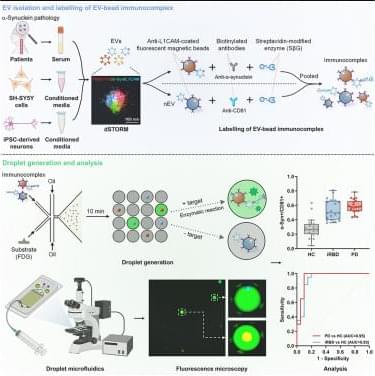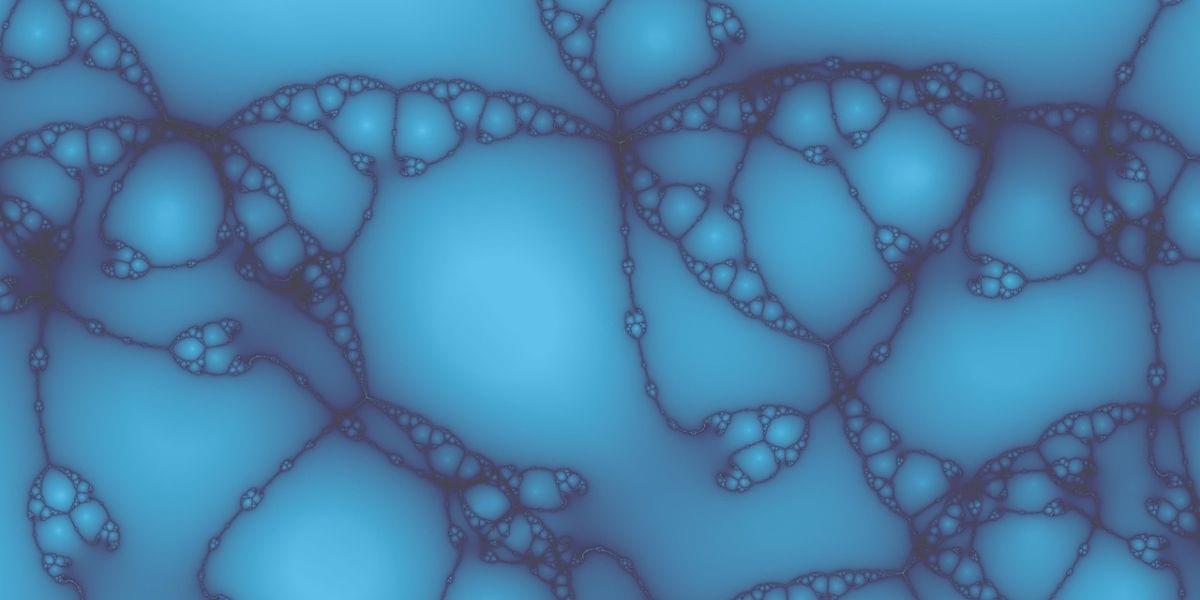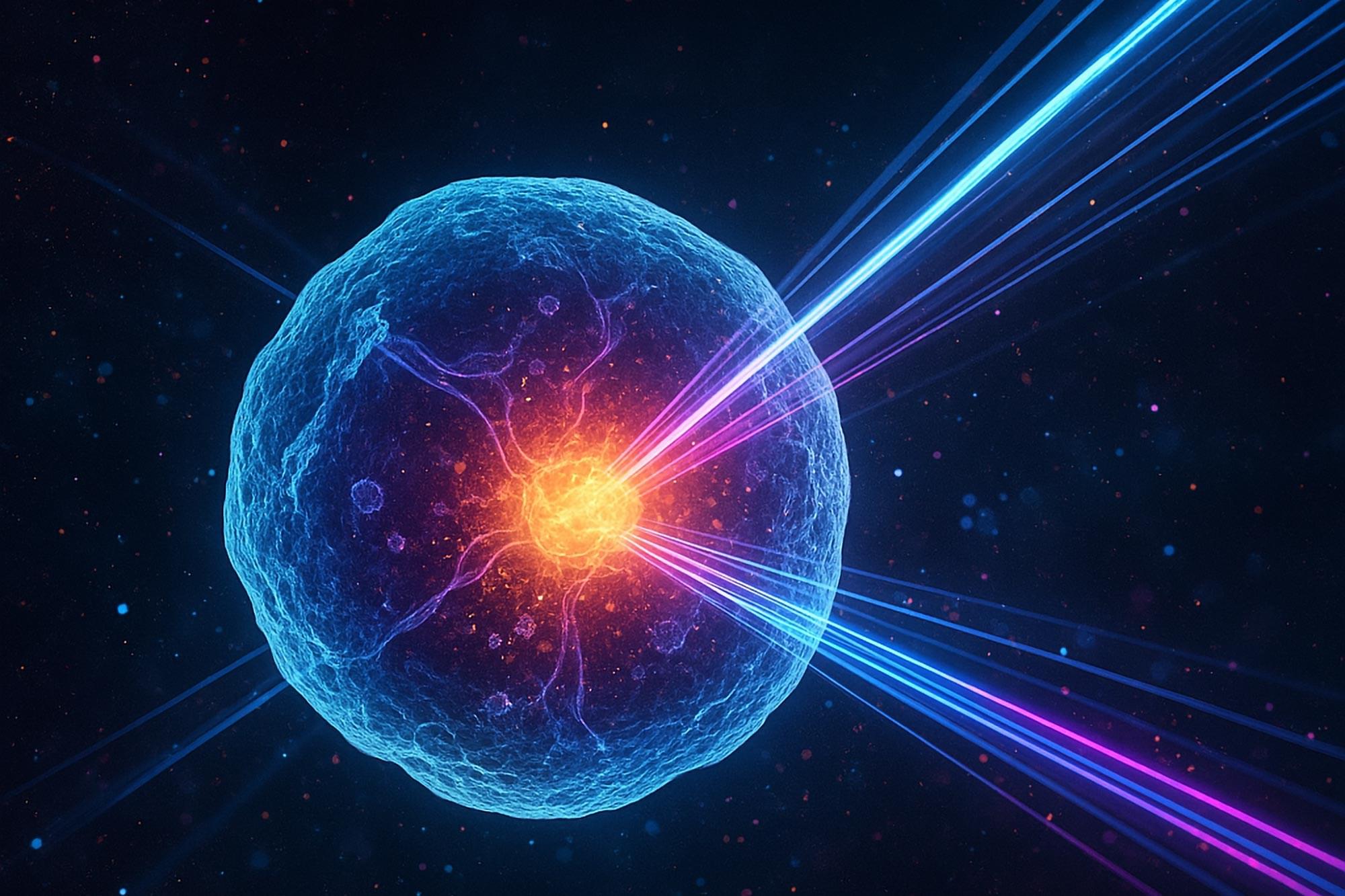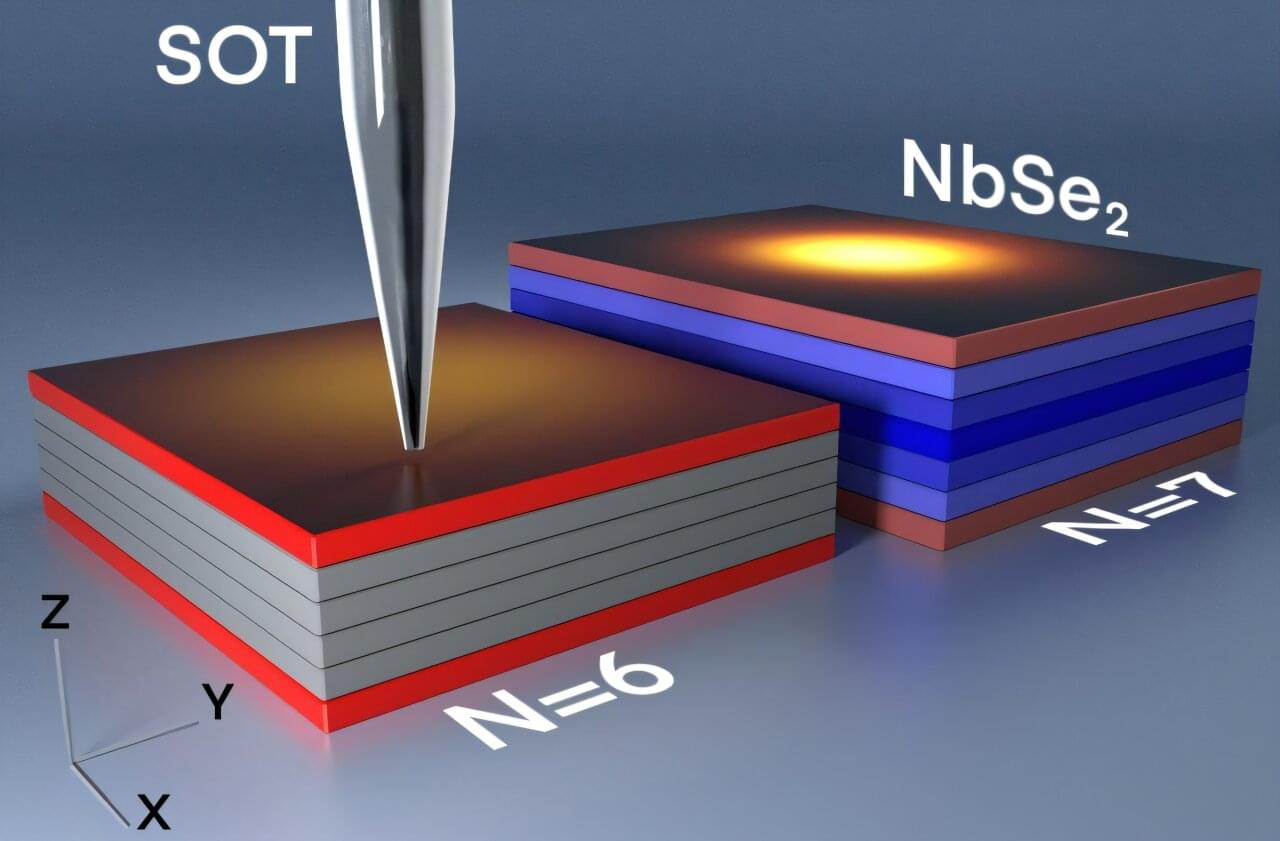Biomarker for Parkinson’s disease using single extracellular vesicle detection assay.
Detecting minute amounts of neuronally derived biomarkers in the massive protein excess of easily accessible biofluids such as blood is challenging.
The researchers develop a droplet-based microfluidic immunoassay for multiplexed quantification of membrane associated proteins at single extracellular-vesicle (EV) resolution.
They identify membrane-associated a-synuclein on the surface of neuronal EVs and demonstrate that it is increased under pathological conditions and in individuals at risk of or with Parkinson’s disease. https://sciencemission.com/Single-extracellular-vesicle-detection-assay
Yan et al. develop a droplet-based microfluidic immunoassay for multiplexed quantification of membrane-associated proteins at single-extracellular-vesicle (EV) resolution. They identify membrane-associated α-synuclein on the surface of neuronal EVs and demonstrate that it is increased under pathological conditions and in individuals at risk of or with Parkinson’s disease.







